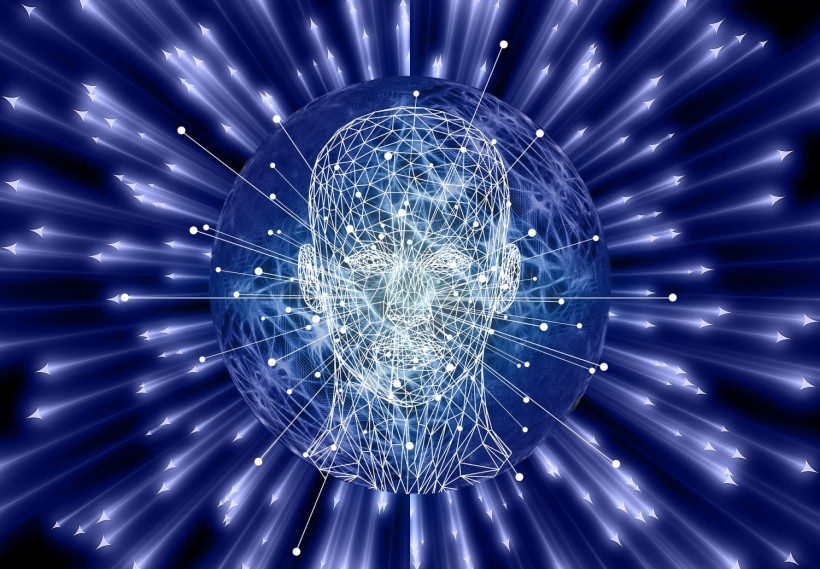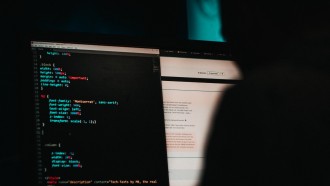A new study conducted by the University of Montana (UM) suggests that artificial intelligence (AI) can match the creativity of the top 1% of human thinkers.
Led by Dr. Erik Guzik from UM's College of Business, the research utilized the Torrance Tests of Creative Thinking (TTCT), a renowned assessment tool for measuring human creativity.

AI's Creative Capabilities
The researchers employed ChatGPT powered by the GPT-4 AI engine to evaluate the AI's creative capabilities. They compared the responses generated by ChatGPT with those of a control group consisting of 24 UM students enrolled in entrepreneurship and personal finance classes.
The scores obtained from these evaluations were then compared to those of 2,700 college students nationwide who took the TTCT in 2016. Scholastic Testing Service, which was unaware of the AI's involvement, assessed all the submissions.
The findings revealed that ChatGPT demonstrated remarkable creativity, placing it among the top percentile in terms of fluency and originality. Fluency measures the ability to generate a large volume of ideas, while originality refers to the ability to produce novel ideas.
ChatGPT also scored in the 97th percentile for flexibility, which evaluates the capacity to generate diverse types and categories of ideas.
In a statement, Guzik noted that ChatGPT's performance surpassed most college students across the country, although some UM students also achieved top 1% scores.
The research team presented their work at the Southern Oregon University Creativity Conference, where they highlighted the evidence suggesting that AI is developing creative abilities on par with, or even exceeding human capabilities.
In a conversation with ChatGPT, Guzik asked what it would mean if the AI performed well on the TTCT. ChatGPT's response was thought-provoking, suggesting that human creativity may not be fully understood and more sophisticated assessment tools may be necessary to distinguish between human-generated and AI-generated ideas.
Read Also: Harvard University Introduces AI to Computer Science Coding Modules, Helping Students Learn via Bots
AI as a Business Tool
The TTCT prompts used in the test mimic real-life creative tasks, such as brainstorming uses for a product or improving existing products. Guzik noted that ChatGPT's ability to generate a multitude of relevant and valuable ideas aligned with expectations.
However, he was particularly surprised by its aptitude for generating original ideas, which are a hallmark of human imagination. The AI outperformed in providing fresh responses, surpassing even anticipated common answers.
The study indicates significant progress in AI's creative capabilities, as ChatGPT's performance with GPT-4 outshined previous iterations. Guzik anticipates that AI will become a crucial tool for the business world, driving regional and national innovation.
Recognizing its potential, the UM College of Business is open to integrating AI into coursework and teaching about its applications in entrepreneurship and regional innovation.
"I think we know the future is going to include AI in some fashion," Guzik said. "We have to be careful about how it's used and consider needed rules and regulations. But businesses already are using it for many creative tasks. In terms of entrepreneurship and regional innovation, this is a game changer."
Related Article: Are AI Detection Tools Effective in Assessing Artificially-Made Results? Here's Why They Aren't Always Reliable






